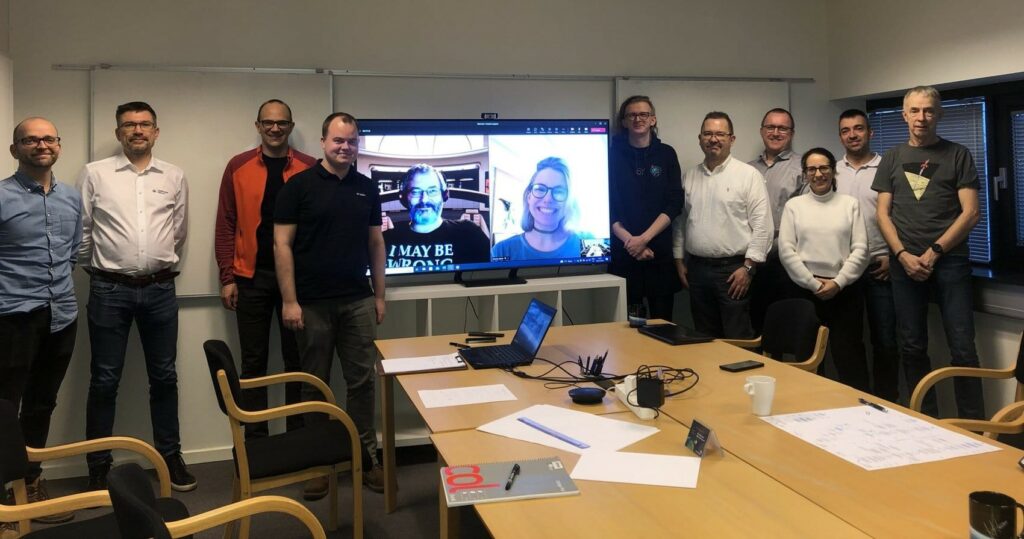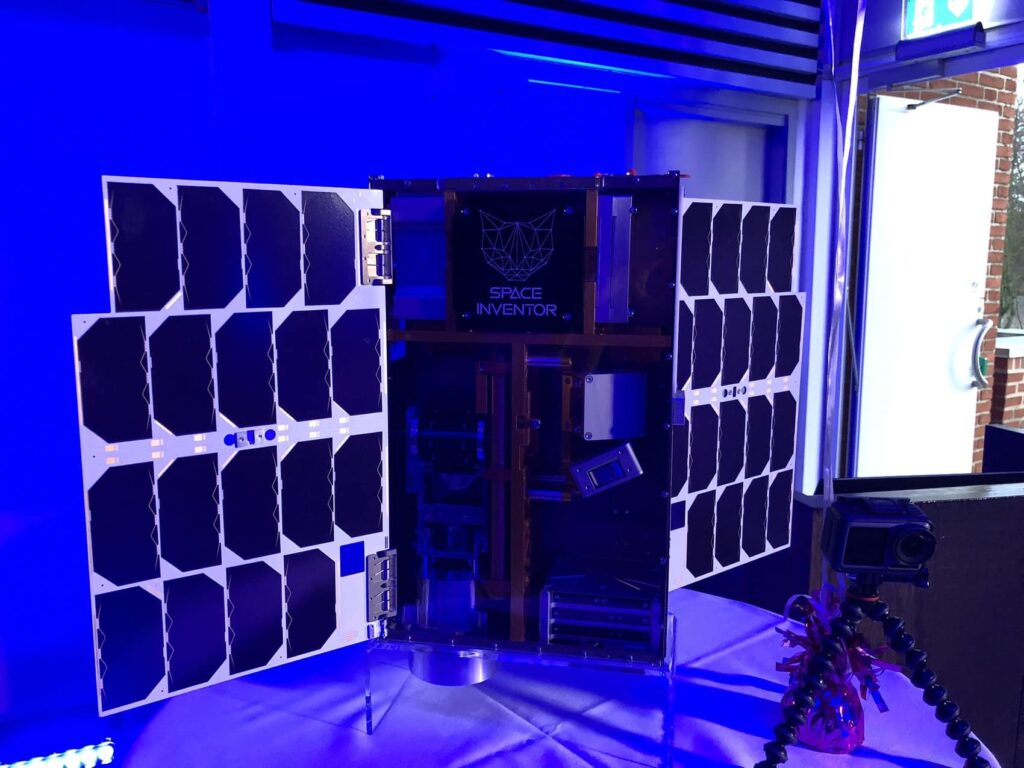Sternula: Launch of AIS Satellite
Successful launch of Sternula-1, world’s first commercial AIS 2.0 satellite
On the morning of 3 January 2023, staff and guests of IALA Industrial Members Sternula, with representatives from academe and industry* gathered at the company’s headquarters in central Aalborg to make contact with the Sternula-1 satellite shortly after its launch by a SpaceX Falcon 9 later in the day.
The team had been working for more than three years to design and build the satellite, including much special-purpose hardware and software. All equipment had undergone strict and thorough testing, and each team member had been trained their roles for this extremely critical milestone of the project.
The launch was to be the first of a Danish commercial satellite, and thereby Sternula was to become Denmark’s first commercial satellite operator.
We at IALA were pleased to learn that the launch went well.
The critical step for the Sternula’s engineers was to make radio contact with the satellite and it was found possible for this to be achieved each time the satellite passed over the ground stations in Svalbard and Aalborg, approximately every 90 minutes or one global circumnavigation
On 3 January the SpaceX rocket was launched at exactly 15:56 CET according to plan and the satellite was successfully deployed, flying into the orbit at 17:02 CET.
After two unsuccessful attempts (probably due to inaccurate positioning), the team successfully connected with Sternula-1 at 20:15 while flying over Aalborg. It was possible to communicate with the spacecraft and see that temperature and tumbling were good. Around midnight the mission was successfully ended. Participants then retired to prepare for the following days’ LEOP (Launch and Early Orbit Phase) activities.
In the morning of 4 January, the operations team connected with Sternula-1 again and its data was showing a fully charged battery and a stable connection. For the first week, the focus was on data collection to obtain full information of the state of the spacecraft before any actions were activated. We learnt that later commands were to be executed to unfold the second solar panel wing and deploy the large VHF antenna.
*These comprised partners of the MARIOT project, an R&D collaboration project between six innovative partners: Sternula, Aalborg University, DMI, GateHouse, Satlab, and Space Inventor. It has been supported by funding from Innovation Fund Denmark.
MARIOT = Maritime IOT (or Internet of Things) satellite project.
Pictures & captions
Sternula’s communications team.

The Sternula-1 satellite model.

Recording data.

All illustrations reproduced by courtesy of Sternula ©.
Rapporteur: Paul Ridgway
